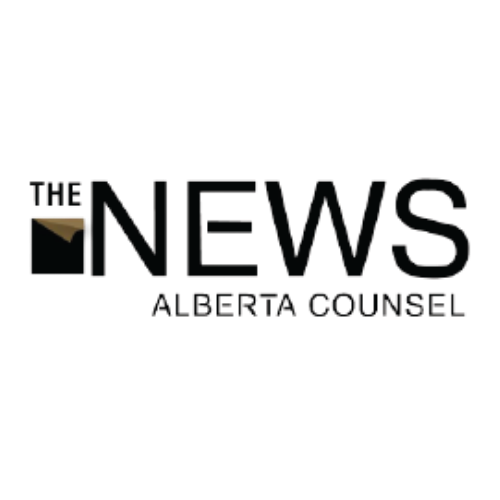2025 Federal Election: Alberta’s Place in the National Debate
As we near election day on April 28th, this year’s federal campaign has increasingly shaped out to be a two-horse race between Mark Carney’s Liberals and Pierre Poilievre’s Conservatives. As Canada’s response to President Donald Trump’s tariff threats remains top of mind to voters, other parties have struggled to gain a foothold in the race.
The Liberals maintain a lead over the Conservatives nationally, but the race has gotten tighter. A Leger poll published on April 16th indicates that 43 per cent of Canadians intend to vote Liberal compared to 38 per cent for the Tories. The gap has narrowed to 5 points from a 7-point gap the previous week. Meanwhile, the NDPs numbers have fallen to 8 per cent nationally as they fight to maintain party status.
If the Liberals hold their lead moving into election day, Alberta could play a role in determining whether they form a majority government. While most of the province’s 37 seats remain safe in the Conservative column, the collapse of the NDP’s polling numbers is leading to more competitive races in urban areas, as the progressive vote appears to be consolidating behind the Liberals.
Pollsters predict that the Liberals would likely need to win four or five seats in Alberta to form a majority government. According to pollster Janet Brown, Calgary-Confederation is one of Alberta’s urban ridings that might serve as a “bellwether” in the election, reflecting national trends. While the riding has traditionally gone Conservative, the absence of an incumbent this year could lead to a more competitive race than usual. The Conservative candidate, former UCP MLA Jeremy Nixon, will be facing off against Liberal candidate Corey Hogan, a vice president at the University of Calgary.
Other ridings to watch out for in Alberta on election night include Calgary-Centre, Edmonton-Centre, and Edmonton-Southwest; the latter of which is where Edmonton mayor Amarjeet Sohi is running for the Liberals, hoping to return to federal politics.
The more competitive nature of the race in Alberta this year has not gone unnoticed by federal party leaders. Poilievre held a large rally in a warehouse outside of Edmonton on April 7th, drawing approximately 12,000 people – possibly one of the largest campaign events in Canadian history. Stephen Harper endorsed Poilievre at the rally and gave a ten-minute introductory speech. It was a rare display of support for a former prime minister who has been selective of his public appearances since his departure from politics in 2015.
Meanwhile, Carney concluded a two-day visit in Calgary earlier this month, where he pledged to make Canada an “energy superpower,” attempting to boost his party’s appeal in the province.
Carney and Poilievre pledge to fast-track Canada’s regulatory process for natural resources
As Canada looks to reduce its reliance on trade with the United States, both the Liberals and Conservatives are promising to speed up the regulatory review process and reduce red tape in the country’s resource sector. It is part of a broader pitch from both parties to build pipelines and other infrastructure necessary to develop energy corridors and expand exports to alternative markets.
Poilievre announced a “One-and-Done” policy aimed at streamlining Canada’s permitting system and boosting development. The proposal would include a new Rapid Resource Project Office to manage all regulatory approvals across the country. Decisions would be made within a year, with each project subject to a single application and environmental review. It is intended to eliminate regulatory bottlenecks, which Poilievre attributes to stalling resource development in Canada.
Meanwhile, Carney has proposed the “One Project, One Review” to enhance Canada’s global competitiveness in the energy sector. The policy would lead to the creation of a single office for major federal project assessments, rendering a decision after just one review. It would also recognize provincial evaluations, streamlining the permitting process by eliminating redundant federal and provincial environmental assessments.
Both policy proposals are remarkably similar and could benefit Alberta’s energy sector which has faced controversial regulations under the federal Liberals, including Bill C-69 and an emissions cap. At the Canada Strong and Free conference in Ottawa, Alberta Premier Danielle Smith said it is important for the country to seize the moment and build a west-to-east pipeline, along with port infrastructure, rail lines and the Ring of Fire.
However, reducing red tape in the resource sector might be easier said than done due to the inherent complexity of planning projects, conducting lengthy environmental assessments, and completing stakeholder consultations. Richard Mason, an executive fellow at the University of Calgary’s School of Public Policy stated that “there needs to be a better way than our current system – but finding it and implementing it will take sustained effort from skilled leaders across the country.”

